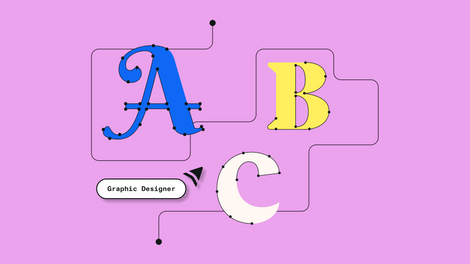How to successfully work with clients as a freelance illustrator
For many creatives and artists, becoming a freelance illustrator is the dream. Setting your own hours, being your own boss, getting to express your creativity every day, working remotely—there is a lot to be said for going freelance. Of course, there are also downsides, but more and more people are opting for this kind of self-employment.
If you’re just starting out in your new freelance career, you’re probably going to have more questions than answers. Unlike a regular job in a company, you’re not going to have anyone on hand to train and supervise you. Fear not! We’re here to help guide you in your career in illustration and give you a head start.
Jumpstart your ideas with Linearity Curve
Take your designs to the next level.
In this article, we’re going to be looking at how to work on a commissioned illustration with a client, from start to finish.
Find a client
This might seem like an obvious place to start, but before we can talk about how to work with a client, you need to actually have a client. If you’re struggling to find freelance illustration jobs, here are some tips to get you going.
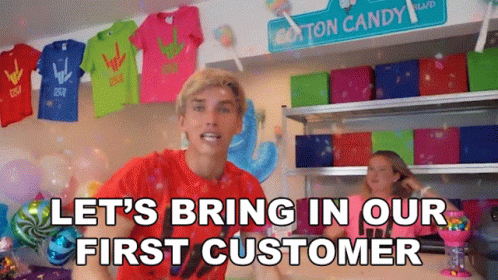
Represent yourself properly
No one is going to give you any illustration gigs if they can’t see what you’re capable of. When you’re just starting out as a freelance artist, you won’t have any client work to use in your portfolio, but this doesn’t mean you can’t already produce work that represents you.
We recommend prolifically producing a lot of your own personal projects in order to give clients an understanding of what you do. You should also do your best to develop your own style. It might sound cheesy, but you really should stay true to yourself and be authentic instead of rigidly following trends or copying other people’s style.
Once you have a body of your own work, you should create an online portfolio. Instagram is a great tool for displaying your illustrations at a glance, and LinkedIn is a good place to share work where potential clients could see it. A professional looking website also goes a long way and in the long term is the best way to display your illustration portfolio.
Tap into your network
At the outset, you might find that your best chance of securing clients comes from friends or people who are in your network. Let people know that you are looking for job opportunities and are open to illustration projects. Maybe you know someone who is starting a business and would like some stock illustrations created for their website, or maybe you know someone who is publishing their own book and would like a cover illustration. Ask around and you never know what might turn up!
Put yourself on freelance job sites
There are quite a few websites out there that serve the purpose of matching people looking for illustration and graphic design with freelance illustrators and graphic designers. Upwork and Fiverr are probably the two most well known, and there are others such as Hire An Illustrator. Also social media has lots of potential, look for international or even local illustration or creative work Facebook groups. Throw yourself into the mix and see if you can bag a freelance project this way.
Explore the Versatility of Illustration
Discover how Linearity's tools can elevate your illustration projects, whether for professional or personal use.
Do some targeted research
Approaching clients cold when they have no idea who you are can be a daunting prospect, and it probably takes the longest time, but in the long run it is also likely the most rewarding. If you want to specialize in editorial illustration, you could research all of the magazines that use illustrations and then make an approach to the art director of each. Or if you are interested in creating book illustrations, you could reach out to major publishers and make contact that way.
This kind of approach might not bear immediate fruit, but you will know the direction you want to go in and also put yourself into the minds of people who could offer you work in the future.
Gather the details
Once you have found a client who needs an illustration, you should start to get some specific information about the client’s needs. What size will the illustration be? What is the deadline? What file formats do they need it to be supplied in? Where will the illustration be used and for how long? The answers to these questions will inform the next steps in the process, so it’s important to get them right.
Agree on a rate and create a commission contract
Ah, the dreaded pricing stage. Knowing how to value your work and what to charge for it is something that most freelance designers struggle with, especially at the beginning of their careers.
If you’re just starting out, you could opt to do a few jobs for free in order to build your portfolio, but as soon as possible you should be charging for your time and expertise. As a general rule, the higher the experience level of an artist, the higher the rate can be. Knowing what to charge clients is something you will learn through experience, and a good way to start is by asking your peers what they charge for similar jobs. If someone you know has worked for the same client, you can ask what they charged, or if they have done a similar job you could ask what their standard rates are for this work.
Some designers charge hourly rates, while others charge a fixed price for the final product rather than for each hour of their time. As a freelance designer, how and what you charge is totally up to you, and over your illustration career you’ll figure out what suits you best.
Don't hesitate to ask for the price you think you deserve. Your illustration is unique, and while it is also fun and rewarding in itself, you deserve to be paid appropriately for your time and effort.
After you have finalized the rate, it’s a good idea to create a commission contract. You can get an off-the-shelf version online and amend it to suit your specific job. It will include details such as description of the work to be undertaken, a delivery date, payment terms and so on. Many designers work without these agreements so it is not essential, but they can be very useful as a way to avoid problems down the line.
Ask for examples of what they're looking for
When you have finalized your commission, the next thing you should do is ask your clients for some examples of what they are looking for, and some reference points of what you will be creating. If you can get a good idea of the style and composition of the illustration in advance, this will save you a lot of time down the line.
If they aren’t able to supply you with any images as references, ask the client to be as detailed as possible in their description of what they need. This will give you something to refer back to, and also help to focus the client’s ideas.
Send 2–3 sketches of options
As soon as you have the concept and idea for the illustration in your mind, you might be tempted to just plough ahead and start creating your masterpiece. Starting on your final illustration straight away is a classic mistake that many illustrators make in the early days of their career. You can sidestep this trap by first creating a number of rough sketches.
Create two or three different sketches of your ideas and then send these sketches to your client. Don’t send any more options than this as too much choice is not a benefit. Once the client has picked their favorite sketch, you can take this sketch to the next stage.
Send an advanced color sketch
It’s a good idea to send an advanced color sketch of your final option before you go ahead and start on the finessing and the detail. This will give your client the opportunity to give feedback and suggestions before you get on with perfecting your work. There’s nothing worse than spending your time polishing your illustration only to find that the client wants to make some changes, and all your work in the later stages has been wasted. Avoid this by sending a final color sketch for feedback and approval.
Send the final product
You've finished your illustration and your client is happy with your work. All you have left to do is send over the artwork's final version. You should have asked earlier in the process as to what file type the client needs and what dimensions the image should be. If not, ask again, and then send the artwork over.
It’s a good idea to take the necessary steps to avoid your digital artwork being stolen, as you can’t be too careful when it comes to this practice!
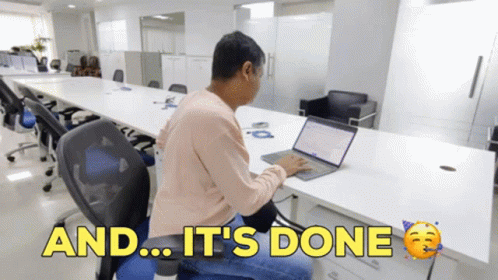
Send the invoice
You did it! You successfully worked through every stage of the commission process and submitted your illustration. Take a brief moment to bask in the glory and pat yourself on the back, and then immediately send in your invoice. If you’ve never created an invoice before, it’s a simple process and you can find online templates that you can amend with your own details.
An invoice should contain your address, your clients address, the date, a description of the work undertaken, the cost of the work, how it is to be paid, and what the timeframe for payment is. Most payment terms are 30 days from the date of the invoice, but it can also be 14 days or shorter, it’s your decision.
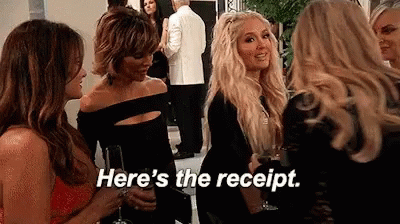
That’s a wrap
You should now have a good understanding of what it takes to work on an illustration commission with a client, from the very start to the very end. This process is key to a thriving career as a freelance illustrator. For more insightful tips on life as a graphic designer, check out our blog, and if you want to improve your skills, be sure to enroll in the Linearity Academy.
Jumpstart your ideas with Linearity Curve
Take your designs to the next level.
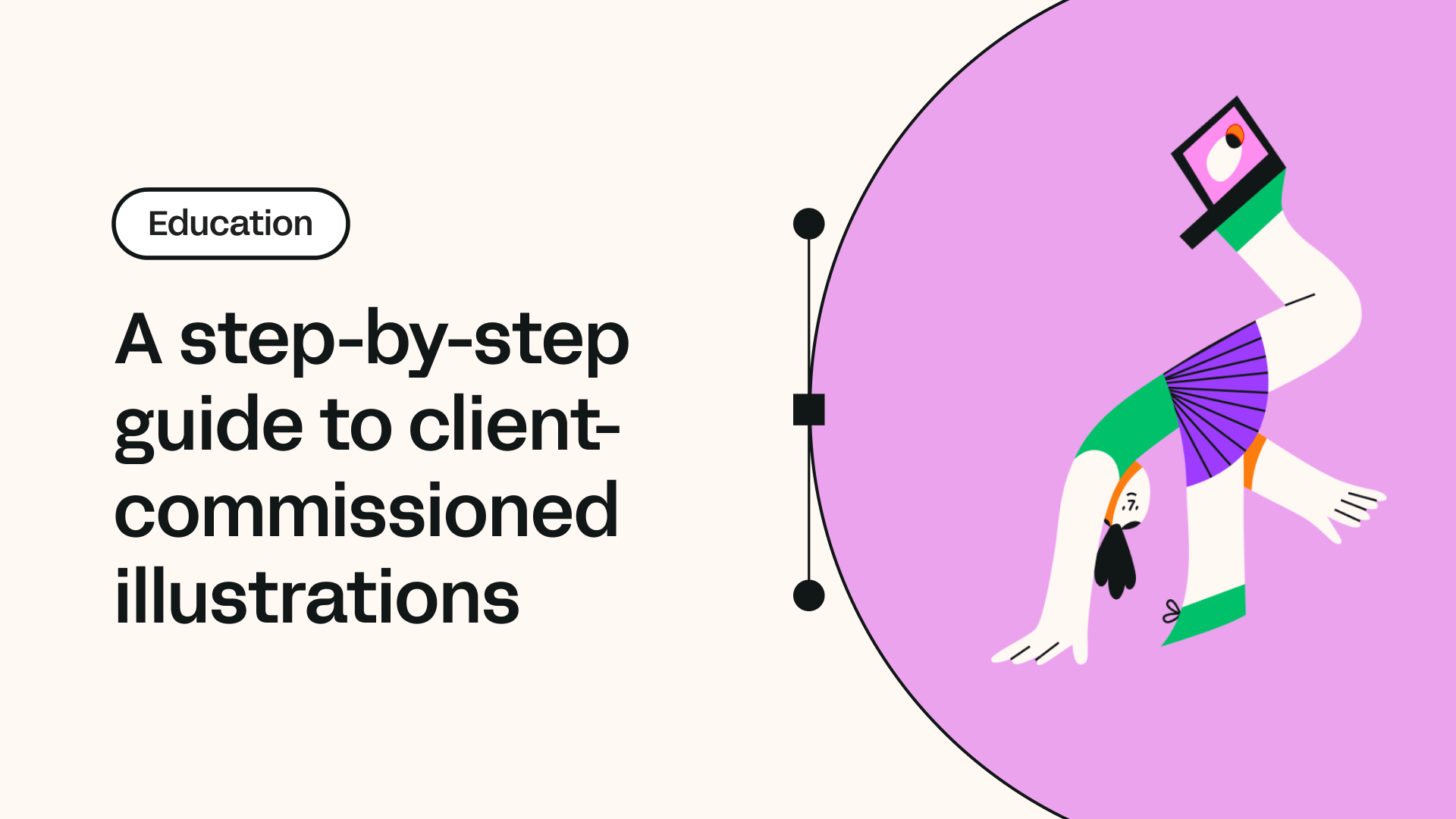
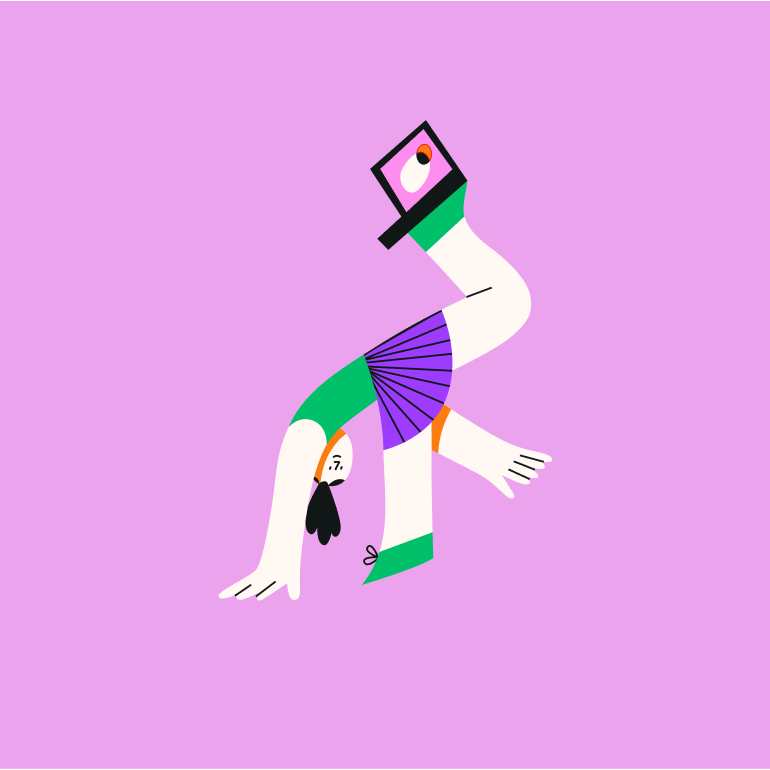
Share this!
Jonny Tiernan
Jonny is a contributing writer to the Linearity Blog.


:quality(75))
:quality(75))



:quality(75))
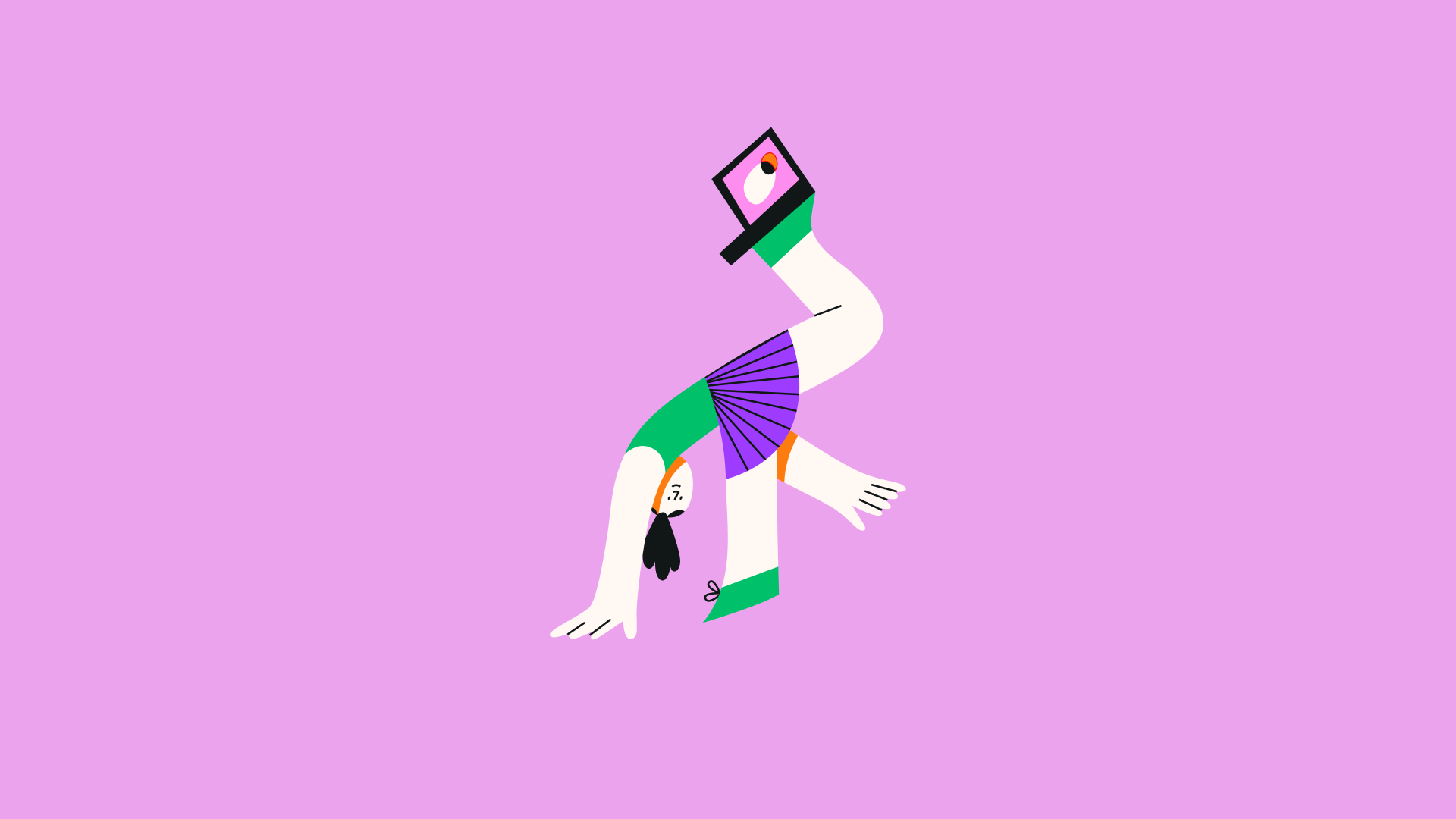
:quality(75))
:quality(75))


